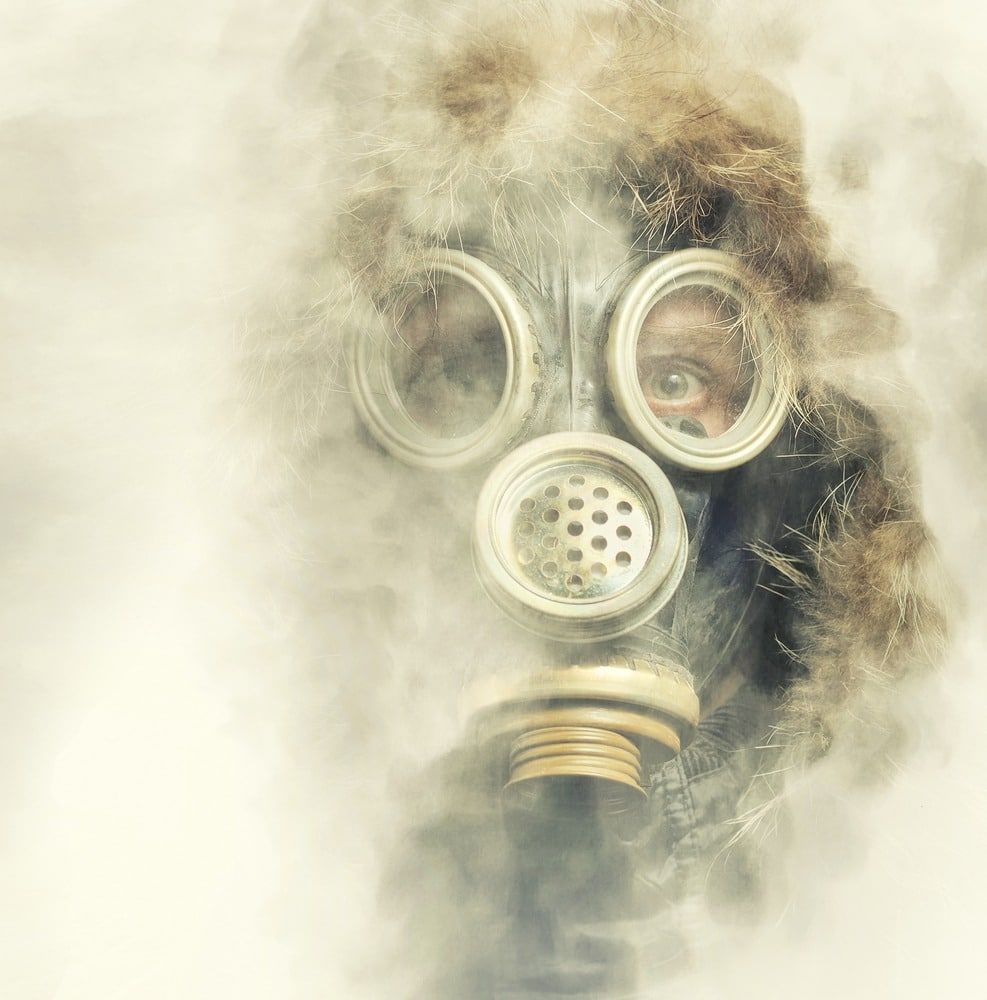Threats old and new: The best of our bio and chemical weapons coverage in 2016
By Andrew Ivers | December 28, 2016

From chemical weapons that have been in use for a century or more to biotechnologies we’re only just beginning to understand, there’s been much to write about this year when it comes to bio and chemical weapons. Here are five of the best articles we had the grim pleasure of publishing in 2016.
How genetic editing became a national security threat by Daniel M. Gerstein
The genetic editing technique known as Crispr has only been around for a few years, but experts are already suspicious of its potential. At the end of 2015, a major gathering of scientists called for a ban on its use on the human genome, and in February the US director of national intelligence listed it in the weapons of mass destruction section of his Worldwide Threat Assessment. Daniel M. Gerstein of the RAND Corporation explains how this has come to be and what can be done about it.
Arms control in the 21st century: A holistic approach by Malcolm Dando
When does a law-enforcement tool become an illicit weapon? In the cases of certain chemical agents, it’s not always clear—and technological advances could make things even more complicated in the future. Using Michael Crowley’s new book Chemical Control as a point of entry, Malcolm Dando explores these and other gray areas in chemical arms control.
Chemical weapons in Syria: Will there be justice for a serial offender? by Amy E. Smithson
If you’ve heard anything about chemical weapons this year, chances are it had something to do with their use in Syria. But if what you heard didn’t answer all of your questions—and chances are it didn’t—you’ll want to read this thorough analysis by Amy E. Smithson, a career expert in bio and chemical weapons. Written in late September, it brings readers up to speed on UN efforts to end years of chemical-warfare atrocities committed by the regime of Bashar al-Assad.
Gene drives: The good, the bad, and the hype by Sonia Ben Ouagrham-Gormley and Kathleen M. Vogel
When scientists fret about Crispr, it’s gene drives in particular that probably worry them most. They’re the tool that can push a genetic alteration through a plant or animal population faster than natural reproduction normally allows. Yet as Sonia Ben Ouagrham-Gormley and Kathleen M. Vogel explain, there’s also a fair bit of hype surrounding this strange new technology. Their article is an excellent primer on what we know so far and what we shouldn’t assume.
Can everyone help verify the bioweapons convention? Perhaps, via open source monitoring by Gunnar Jeremias and Mirko Himmel
The Biological Weapons Convention has existed for more than four decades and counts among its members nearly every nation in the world. Can average citizens really add anything meaningful to the work it’s already doing? Gunnar Jeremias and Mirko Himmel make a compelling case that there’s room for at least a modest contribution—through open-source monitoring. Some specific technologies and expertise might be required in some cases, but in theory all that’s needed to get the ball rolling is the will and a website.
Together, we make the world safer.
The Bulletin elevates expert voices above the noise. But as an independent nonprofit organization, our operations depend on the support of readers like you. Help us continue to deliver quality journalism that holds leaders accountable. Your support of our work at any level is important. In return, we promise our coverage will be understandable, influential, vigilant, solution-oriented, and fair-minded. Together we can make a difference.
Topics: Analysis, Biosecurity















